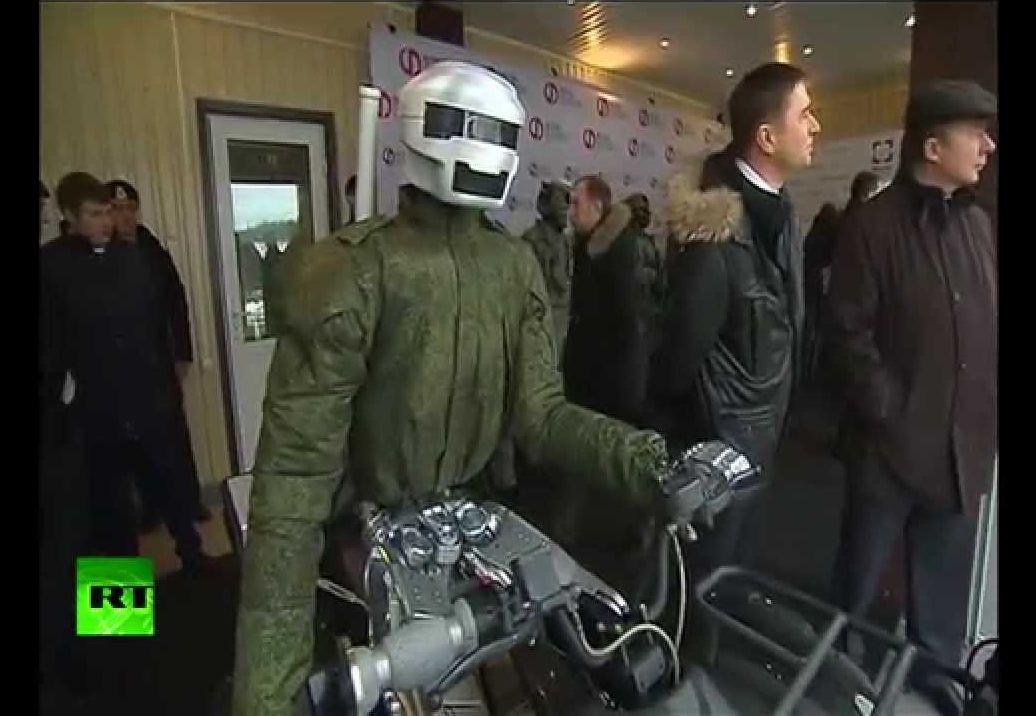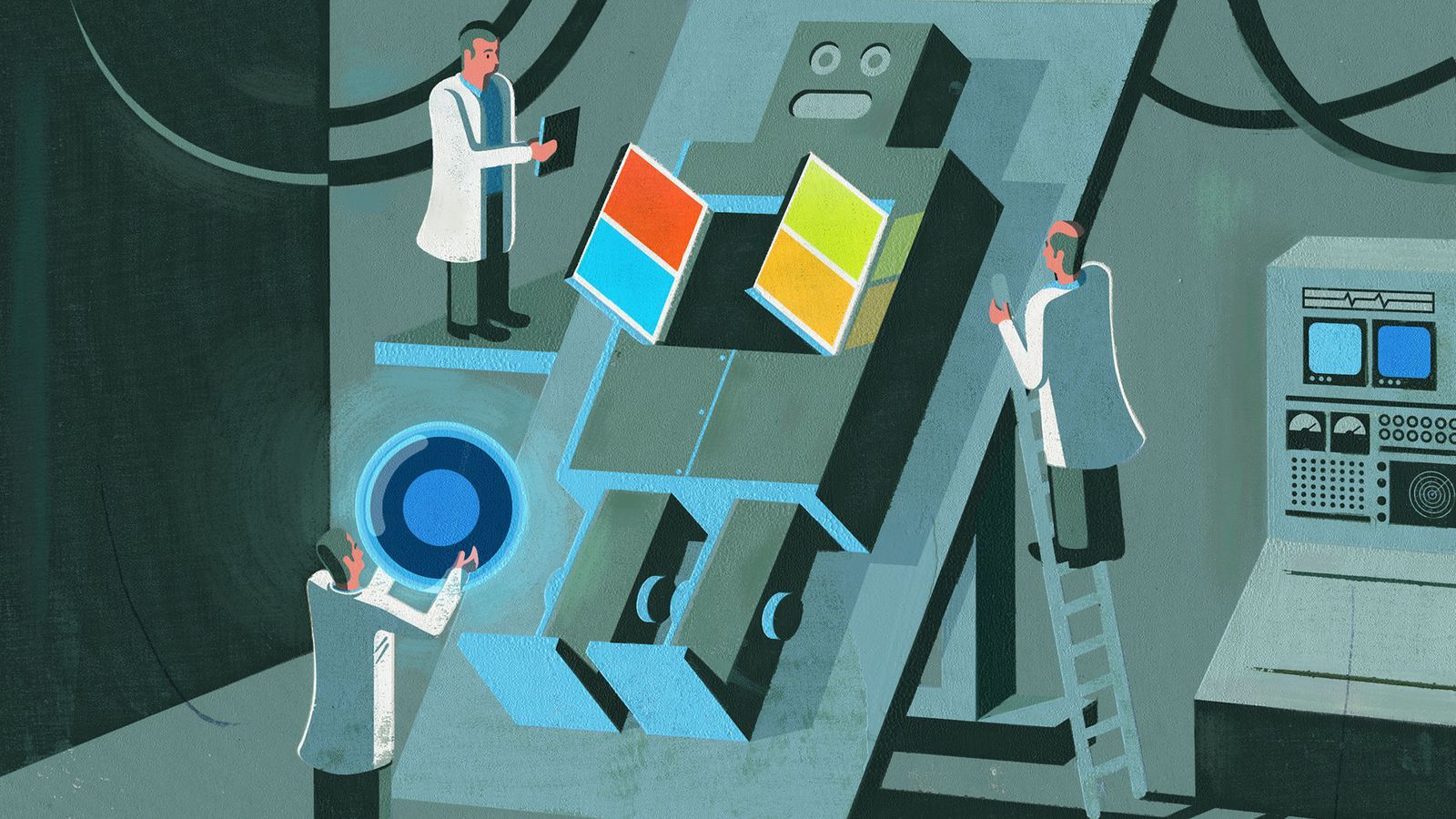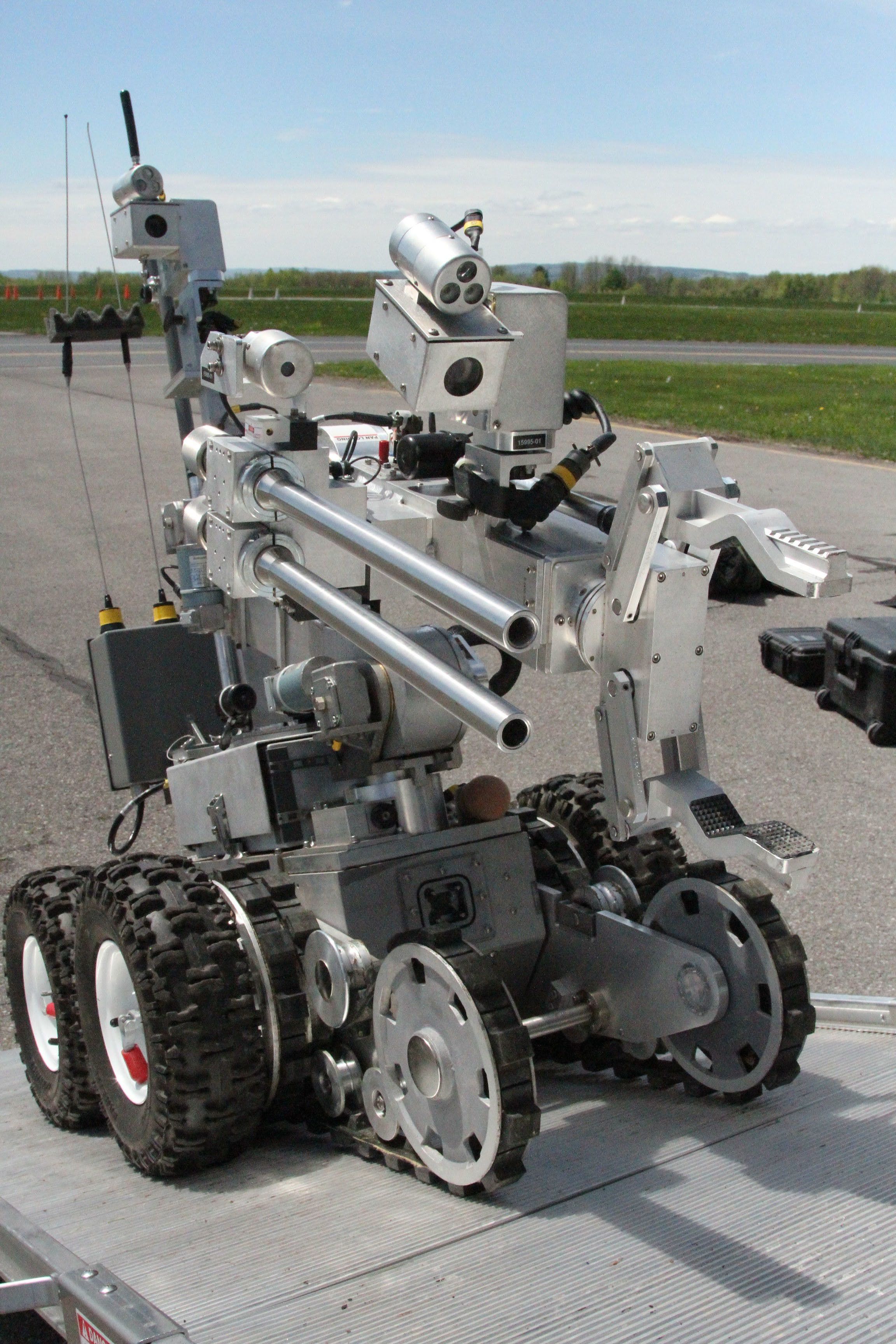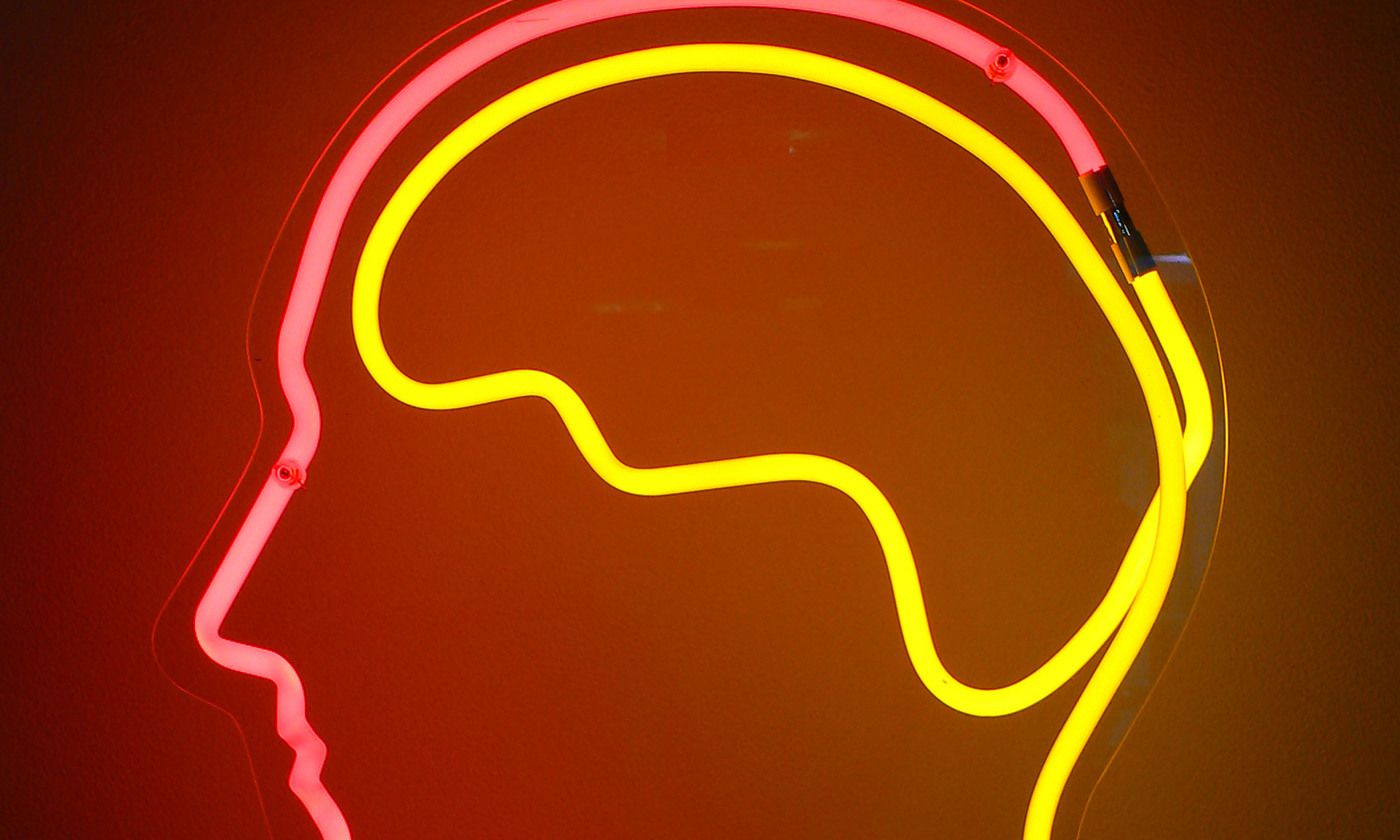Archive for the ‘robotics/AI’ category: Page 2282
Jul 8, 2016
How Technology Could Facilitate and then Destroy Legal Immigration
Posted by Zoltan Istvan in categories: drones, law, robotics/AI
My new article on the future of immigration and technology (chipping refugees, AI immigration, and walls vs drones):
We need some authoritative measures to guarantee safe and effective immigration. But then, the robots come.
Jul 8, 2016
DARPA Goes Full Tron With Its Grand Battle of the Hack Bots
Posted by Karen Hurst in categories: cybercrime/malcode, robotics/AI
Definitely the longer term goal with security bots.
With its Cyber Grand Challenge—a battle of autonomous security software—DARPA is taking us inside the machine.
Jul 8, 2016
Introducing robo-ray: part animal, part machine
Posted by Karen Hurst in category: robotics/AI

The tiny artificial stingray is the first step to bigger, more complex tissue-engineered robots, scientists say. Belinda Smith reports.
Jul 8, 2016
Era of conventional wars over: Russia scientist
Posted by Karen Hurst in categories: military, robotics/AI, space

Definitely could be tied to and explain some of IARPA’s investment in predictive systems “Robots to determine outcome of future wars: Russian army’s tech chief”
Robots will replace conventional soldiers on the battlefield in the future, says the Russian military’s tech chief.
Continue reading “Era of conventional wars over: Russia scientist” »
Jul 8, 2016
The mind isn’t locked in the brain but extends far beyond it
Posted by Karen Hurst in categories: neuroscience, robotics/AI
There is a lot of truth to this article especially as you look at how the mind responds/ reacts to situations, ideas, etc. has also other factors involved such as how a person overall immune system is responding, chemical balance of a person’s system, etc. So, this reconfirms that thinking and being human goes far beyond a replica of a brain in a system.
Where is your mind? Where does your thinking occur? Where are your beliefs? René Descartes thought that the mind was an immaterial soul, housed in the pineal gland near the centre of the brain. Nowadays, by contrast, we tend to identify the mind with the brain. We know that mental processes depend on brain processes, and that different brain regions are responsible for different functions. However, we still agree with Descartes on one thing: we still think of the mind as (in a phrase coined by the philosopher of mind Andy Clark) brainbound, locked away in the head, communicating with the body and wider world but separate from them. And this might be quite wrong. I’m not suggesting that the mind is non-physical or doubting that the brain is central to it; but it could be that (as Clark and others argue) the mind extends beyond the brain.
To begin with, there is a strong case for thinking that many mental processes are essentially embodied. The brainbound view pictures the brain as a powerful executive, planning every aspect of behaviour and sending detailed instructions to the muscles. But, as work in robotics has illustrated, there are more efficient ways of doing things, which nature almost certainly employs. The more biologically realistic robots perform basic patterns of movement naturally, in virtue of their passive dynamics, without the use of motors and controllers. Intelligent, powered control is then achieved by continuously monitoring and tweaking these bodily processes, sharing the control task between brain and body.
Continue reading “The mind isn’t locked in the brain but extends far beyond it” »
Jul 8, 2016
Inside Microsoft’s plan to outsmart Google
Posted by Klaus Baldauf in categories: augmented reality, habitats, internet, mobile phones, robotics/AI

Satya Nadella bounded into the conference room, eager to talk about intelligence. I was at Microsoft’s headquarters in Redmond, WA, and the company’s CEO was touting the company’s progress in building more intelligent apps and services. Each morning, he told me, he puts on a HoloLens, which enables him to look at a virtual, interactive calendar projected on a wall of his house. Nadella appeared giddy as he described it. The system was intelligent, productive, and futuristic: everything he hopes Microsoft will be under his leadership.
No matter where we work in the future, Nadella says, Microsoft will have a place in it. The company’s “conversation as a platform” offering, which it unveiled in March, represents a bet that chat-based interfaces will overtake apps as our primary way of using the internet: for finding information, for shopping, and for accessing a range of services. And apps will become smarter thanks to “cognitive APIs,” made available by Microsoft, that let them understand faces, emotions, and other information contained in photos and videos.
Continue reading “Inside Microsoft’s plan to outsmart Google” »
Jul 7, 2016
Fantastic voyage to the nanoverse one step closer
Posted by Karen Hurst in categories: biotech/medical, engineering, nanotechnology, particle physics, robotics/AI
Robots so small they can enter the bloodstream and perform surgeries are one step closer, a research team from Monash University has discovered.
Led by Dr Zhe Liu, the Monash Engineering team has focused on graphene oxide — which is a single atom thick — as an effective shape memory material.
Graphene has captured world scientific and industrial interest for its miracle properties, with potential applications across energy, medicine, and even biomedical nano-robots.
Continue reading “Fantastic voyage to the nanoverse one step closer” »
Jul 6, 2016
Leading cancer centers in China to be equipped with C-RAD technology
Posted by Karen Hurst in categories: biotech/medical, robotics/AI
Nice.
July 1, 2016 – C-RAD has received an order from its Chinese distributor for Catalyst™ and Sentinel™ systems, to be installed at leading cancer centers in China. The order has a total value of approximately 7.6 MSEK.
The Catalyst™ systems will be installed on Varian True Beam™ and Elekta Versa HD™ linear accelerators. The systems are delivered in different software configurations containing software modules for Patient Setup and Positioning and Respiratory Gating, including respective interfaces for communication with the treatment system. The interfaces allow a seamless integration for patient synchronization and an automated patient setup and beam control to treat tumors that may be moving due to respiratory motion.
Jul 6, 2016
Singularity Hypotheses
Posted by Amnon H. Eden in categories: climatology, economics, education, health, policy, robotics/AI, singularity, sustainability
Artificial intelligence (AI) technologies offer great promise for creating new and innovative products, growing the economy, and advancing national priorities in areas such as education, mental and physical health, addressing climate change, and more. Like any transformative technology, however, AI carries risks and presents complex policy challenges along a number of different fronts. The Office of Science and Technology Policy (OSTP) is interested in developing a view of AI across all sectors for the purpose of recommending directions for research and determining challenges and opportunities in this field. The views of the American people, including stakeholders such as consumers, academic and industry researchers, private companies, and charitable foundations, are important to inform an understanding of current and future needs for AI in diverse fields. The purpose of this RFI is to solicit feedback on overarching questions in AI, including AI research and the tools, technologies, and training that are needed to answer these questions.













